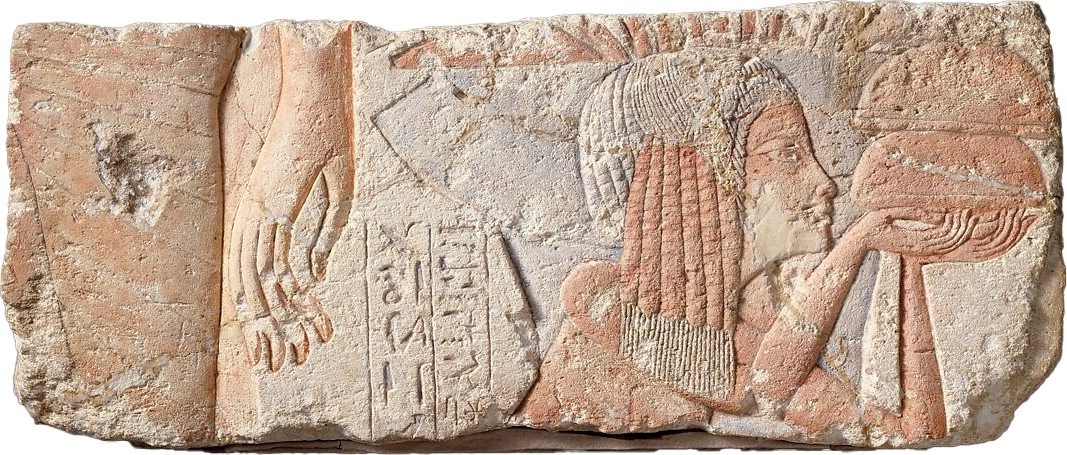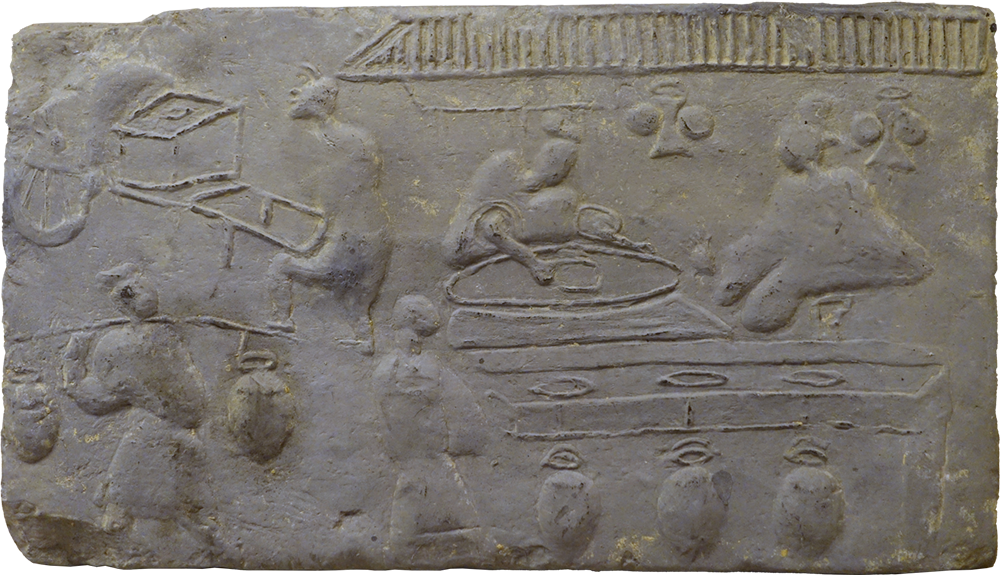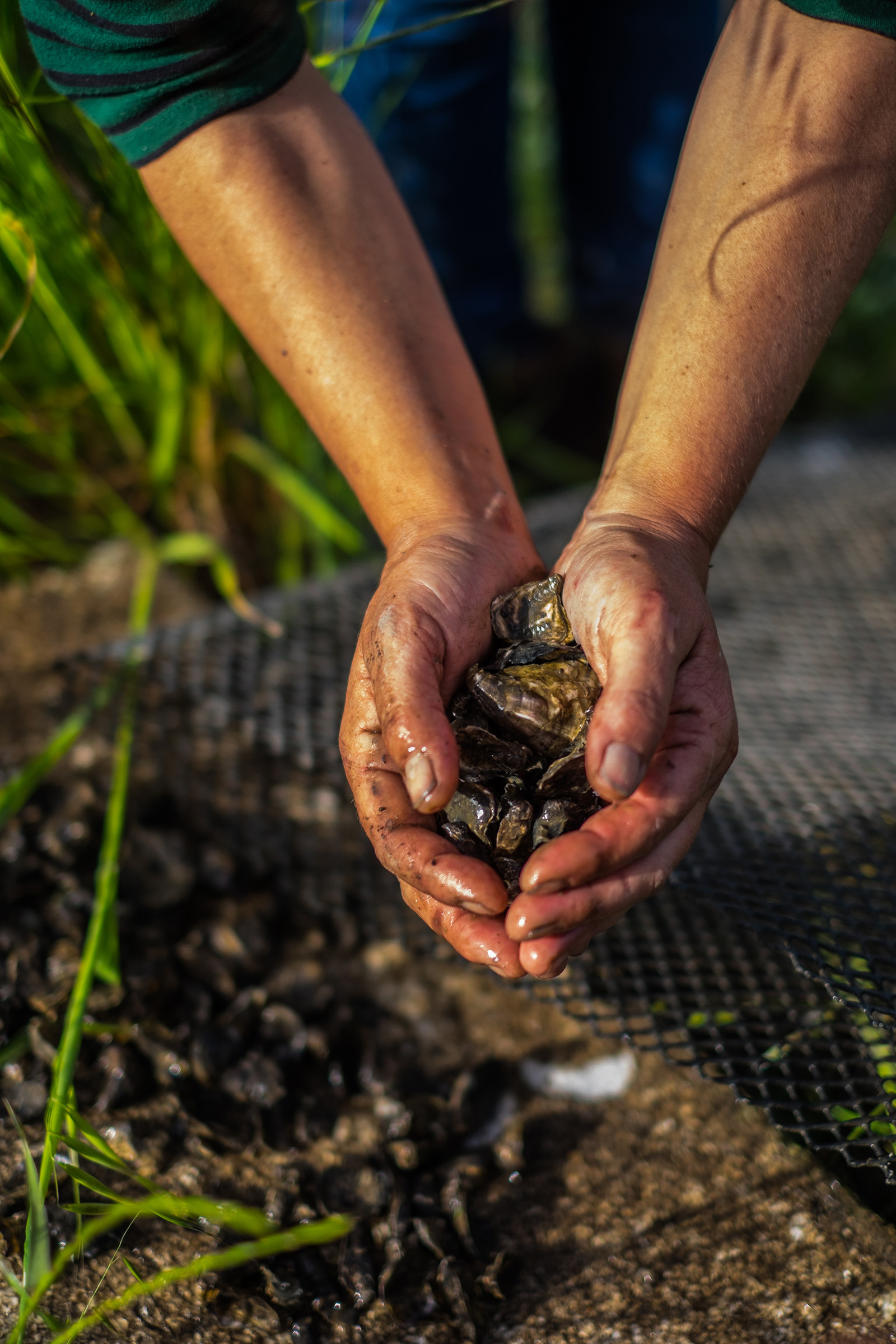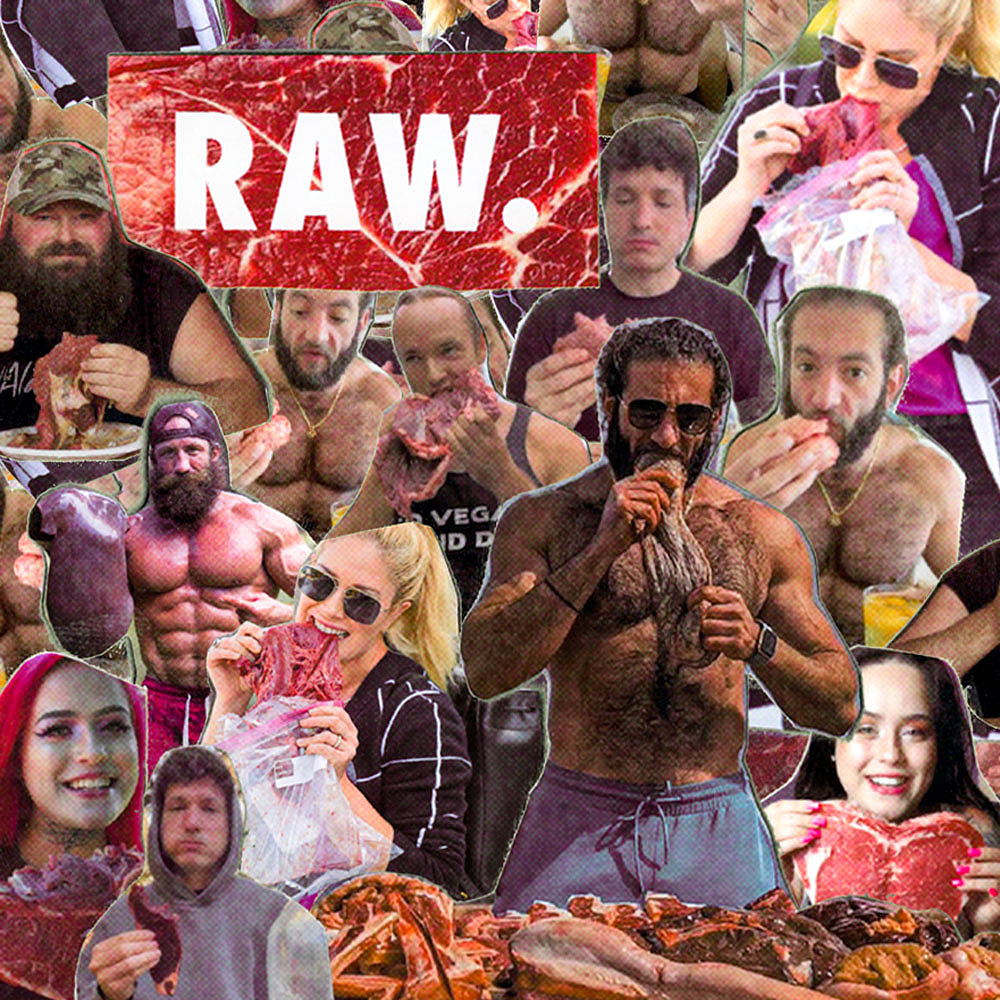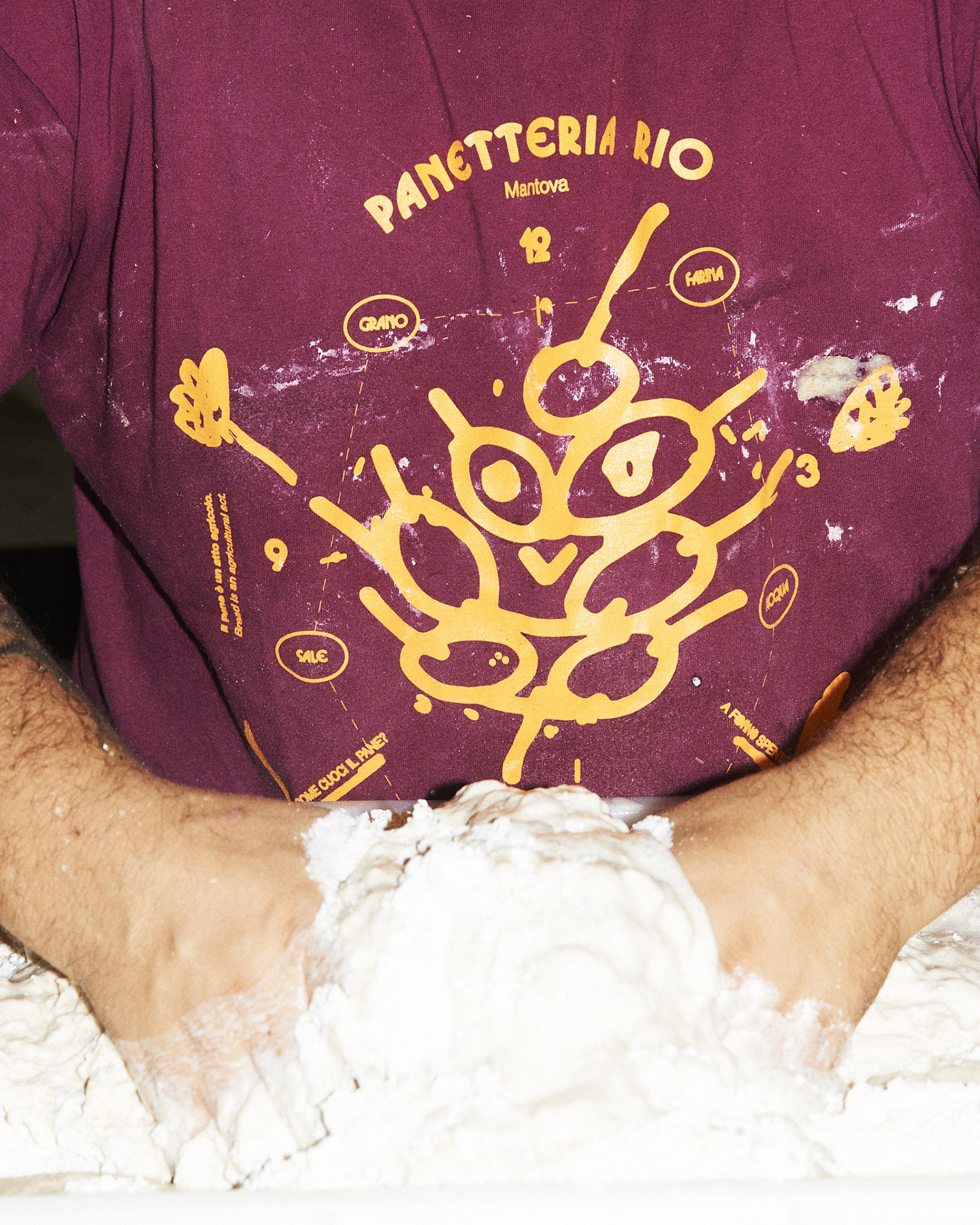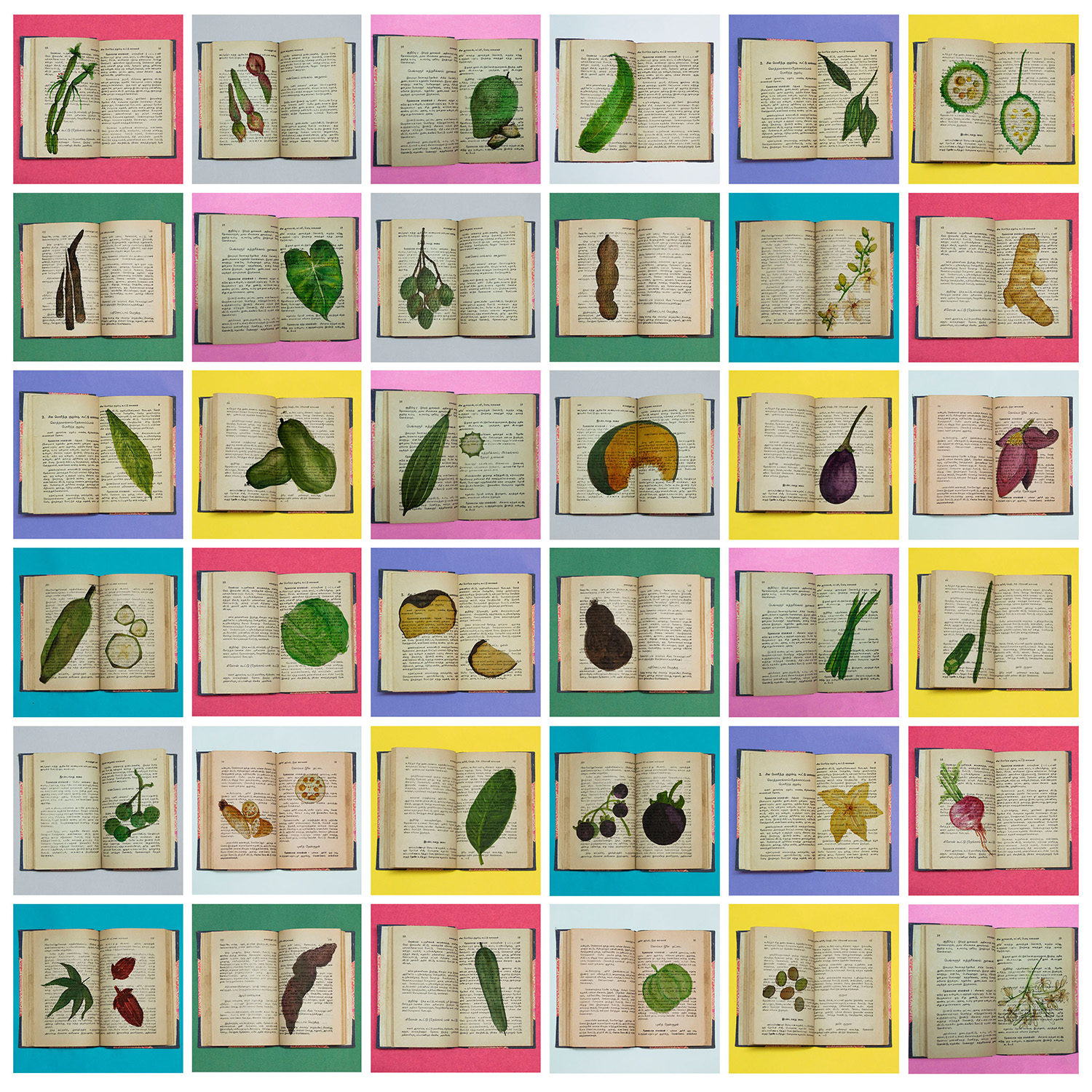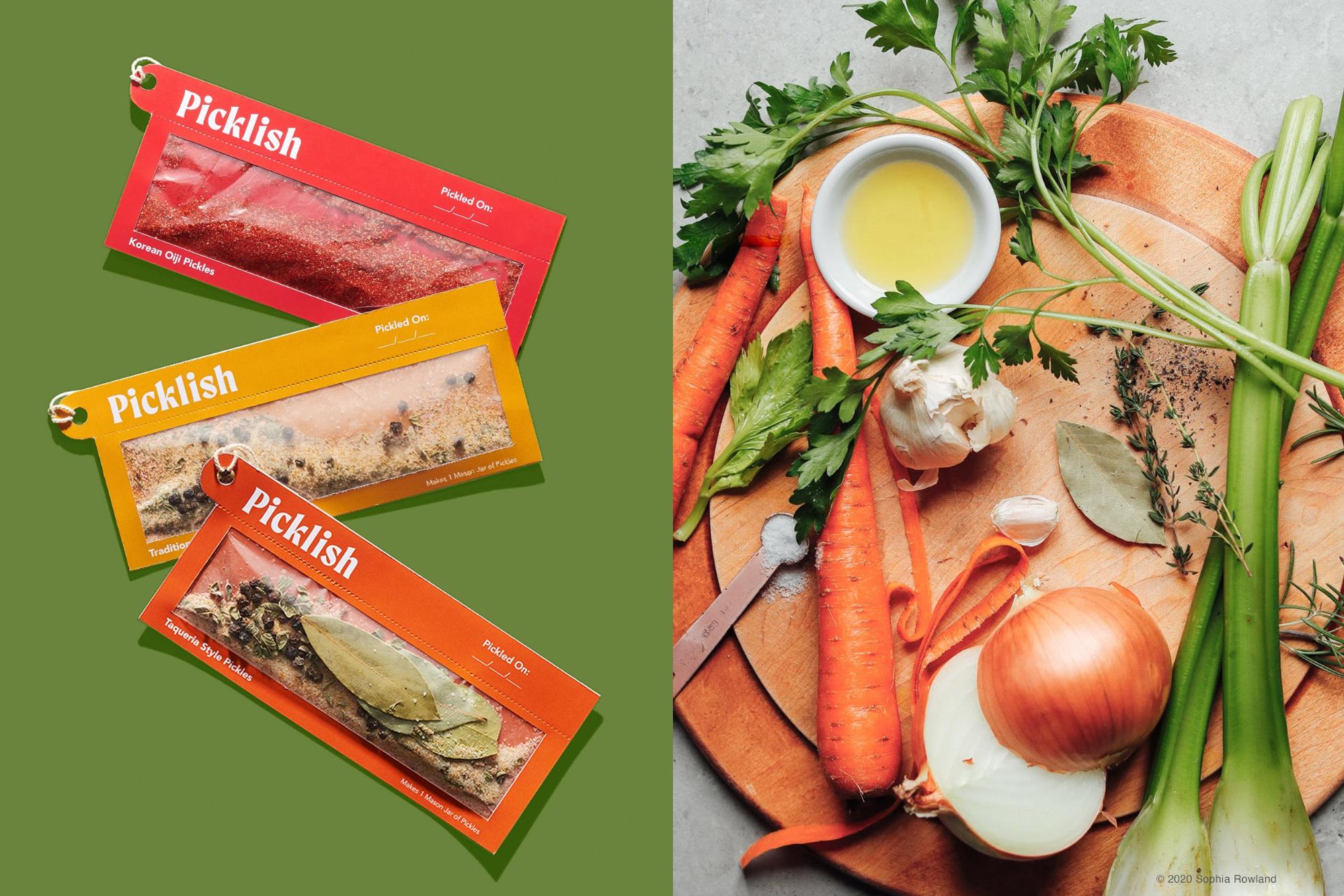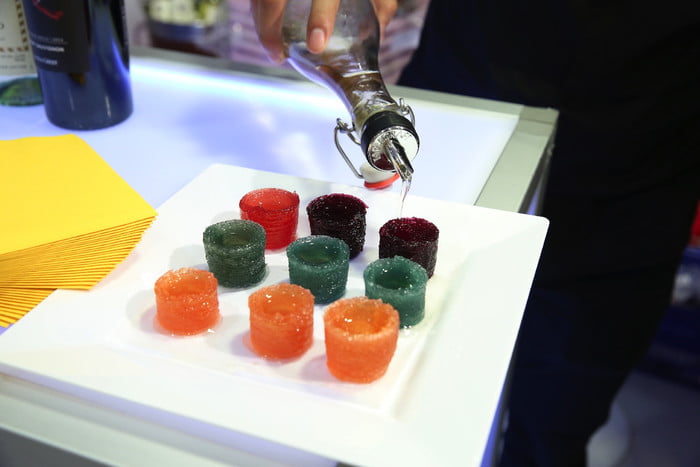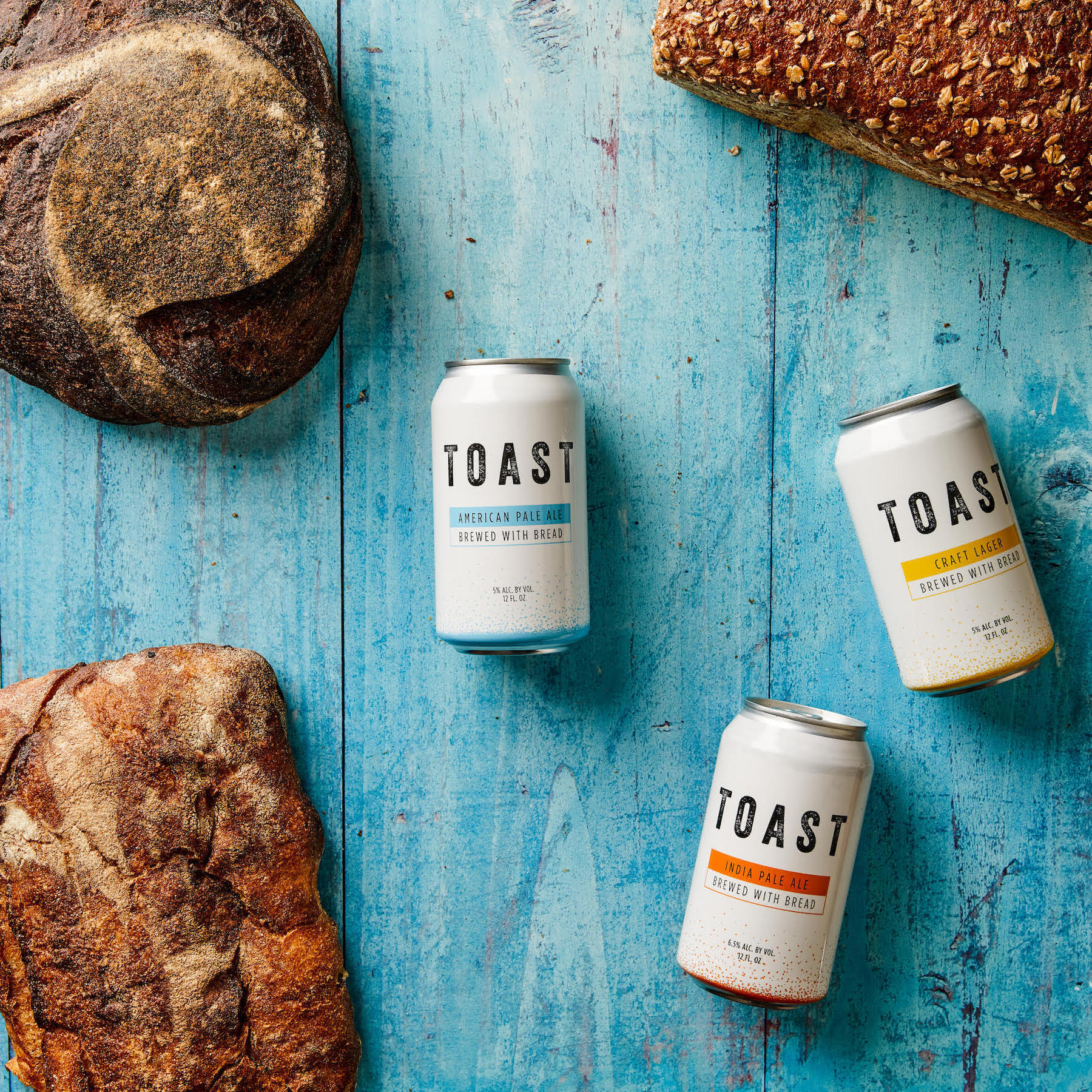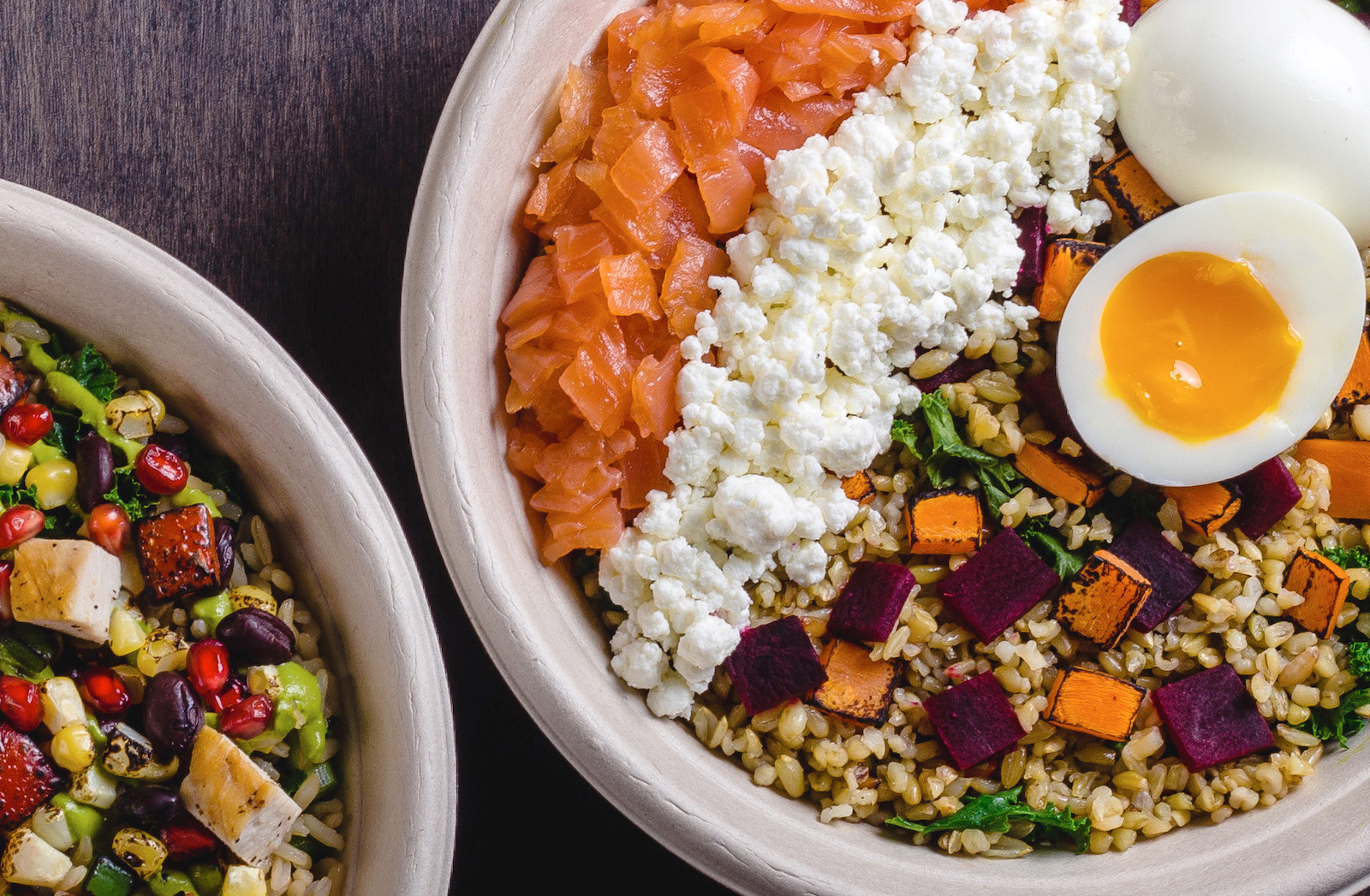When you take into account all possible ingredients in the world to put together as food, there are quintillion possibilities. That’s 18 zeros. And when you consider that the psychology of human chefs is limited to reasoning about three ingredients at a time, it’s no wonder that computer-aided cuisine might open up new frontiers of flavor for increasingly demanding eaters.
IBM recently debuted, Cognitive Cooking, a pet project that has become an interactive sensation at this week’s SXSWi in Austin. Powered by Watson, the supercomputer that swept Jeopardy in 2011, and manned by chefs from the Institute of Culinary Education (ICE) in New York City, the Cognitive Cooking Food Truck has hit the road on a mission to “reinvent your favorites foods.”
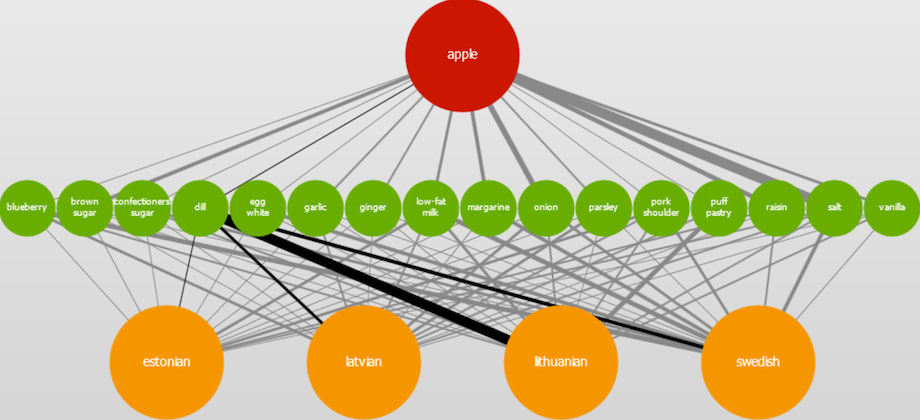 Florian Pinel’s Baltic Apple Pie model.
Florian Pinel’s Baltic Apple Pie model.
The idea behind Cognitive Cooking is relatively simple—for a supercomputer. Chefs enter a key ingredient, choose a type of cuisine and dish type; then Watson does the heavy lifting. Sifting through trillions of ingredients, Watson generates a list of ingredient combinations ranked by the wonderful scale of surprise, pleasantness and pairing. The chefs themselves use their expertise to decide proportions and technique for how to best combine the list of ingredients to create the most delicious dish.
The food truck asks potential tasters to vote for their next meal (curry, dumpling, sandwich?) by tweeting at #IBMFoodTruck. This week’s user-voted menus from SxSWi include Belgian Bacon Pudding with mushroom powder, figs and walnut meal, Caribbean Snapper Fish & Chips with fennel and coconut milk and an Austrian Chocolate Burrito with ground beef, apricot, edamame and dark chocolate.
Cognitive Cooking is the brainchild of Florian Pinel, a senior software engineer at IBM and an ICE-trained chef. Pinel and his team spent time collecting and entering large databases of culinary information, from taste profiles and chemical compositions of the world’s ingredients to recipes from public sources like wikipedia and ICE. The combination of food chemistry and human perception is key to how Watson models and delivers the ingredient lists. As Mashable reported:
“A key component of Watson’s cooking school education is based on research into Hedonic psychophysics, which sounds complex but is really quite simple: In various experiments, people were asked to smell ingredients and grade them based on level of pleasantness. Smell is actually more important than taste, when it comes to good food, since we only have five tastes—sweet, sour, bitter, salty and umami—but hundreds of smells. This information actually helps predict the “pleasantness” of combined ingredients. The knowledge from this research plays into Watson’s Cognitive Cooking, so it can suggest new or never-before-imagined ingredient combinations.”
Cognitive Cooking is just a small example of how researchers and scientists see the role of technology in sparking future innovation. The field, computational creativity, explores how supercomputers might aid designers, travelers, artists and other creatives in their creative processes. Watson is not going to replace chefs anytime soon, but the team hopes computers will inspire creativity.
Check out the Cognitive Cooking Recipe Archives here or vote on Watson’s next creation for the Food Truck’s last meal at SxSWi on Tuesday!
